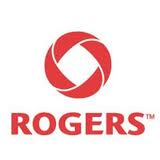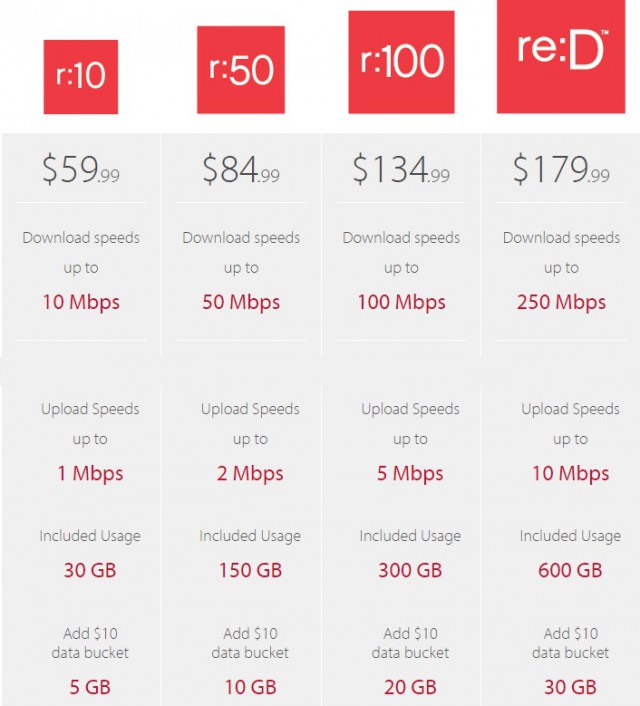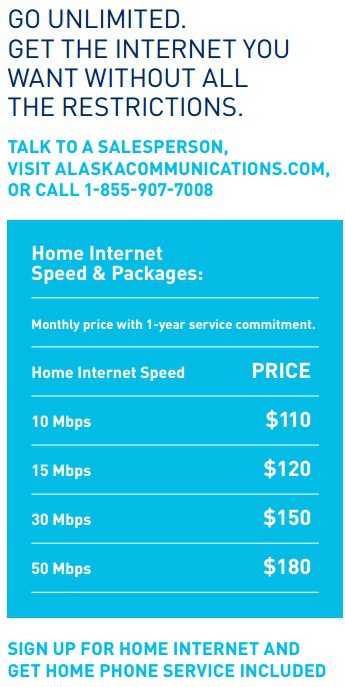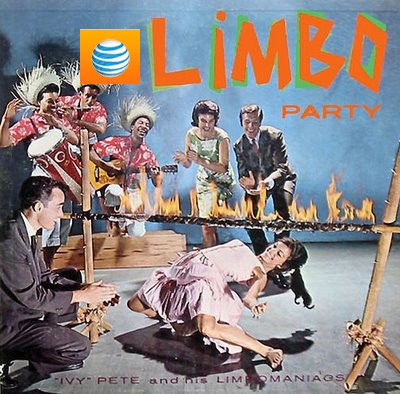 Charter Communications has quietly dropped usage caps and allowances from the company’s terms and conditions, once again giving Charter broadband customers unlimited access to the Internet.
Charter Communications has quietly dropped usage caps and allowances from the company’s terms and conditions, once again giving Charter broadband customers unlimited access to the Internet.
Like Cox Cable, Charter almost never enforced their usage caps, which were specified as 100GB for its “base” service, 250GB for “Plus” and “Max” tiers and 500GB for “Ultra” service. Customers threatening to cancel service over usage cap matters were assuaged with a commitment by retention specialists that the caps were just a “guideline” and would not be enforced except in the most egregious instances of customer “overuse” of the Internet.
In place of the caps, Charter has returned to boilerplate language found in almost every ISP’s Acceptable Use Policy:
Excessive use of bandwidth that in Charter’s sole opinion, places an unusually large burden on the network or goes above normal usage [is prohibited]. Charter has the right to impose limits on excessive bandwidth consumption via any means available to Charter.
Customers routinely exceeding a terabyte of usage a month have never been contacted by Charter, so such usage apparently does not place a burden on their network. However, Charter also reserves the right to cut your speeds through “reasonable network management tools,” some that may now be forbidden by the FCC’s Net Neutrality policy:
Charter uses a variety of reasonable network management tools and practices consistent with industry standards. In the event the periods of congestion necessitate such management, Charter has available the following tools and practices (without limitation and as may be adjusted over time): (i) use of an upper limit of bandwidth allocated for uploading of files during congested periods; (ii) Subscriber Traffic Management (STM) technology to temporarily lower the priority of traffic with the greatest impact on peak congestion; (iii) spam filtering and detection techniques; and (iv) measures to protect the security and integrity of its network, resources and subscribers. In limited instances if employed, these techniques may affect the throughput rate at which subscribers may send and receive data, the ability of users to establish session connections within the network, or result in the delay of certain traffic during times of peak congestion.
Charter has “simplified” their Internet offers down to two for most customers: 60/4Mbps for Spectrum Internet ($59.99) and 100/5Mbps for Internet Ultra ($109.99). A source at Charter tells Stop the Cap! the company is conducting very limited trials raising speeds to 100/25Mbps for its base package and boosting its Ultra tier to 300/50Mbps, in case fiber competitors arrive. Those tests are not expected to become widespread however as the prevailing view at Charter is to wait until it deploys DOCSIS 3.1 and then raise speeds to 300/50Mbps for its entry-level package and 500/300Mbps for Ultra.
Starting in January, Charter began notifying its broadband-only customers it was raising prices $5 a month (from $54.99 to $59.99).


 Subscribe
Subscribe The cable company that used to make you think twice about every online video you watch doesn’t want you to think about that anymore.
The cable company that used to make you think twice about every online video you watch doesn’t want you to think about that anymore. Alaska’s largest cable company today unveiled changes to its Internet plans, ditching surprise overlimit fees in favor of a speed throttle.
Alaska’s largest cable company today unveiled changes to its Internet plans, ditching surprise overlimit fees in favor of a speed throttle.



